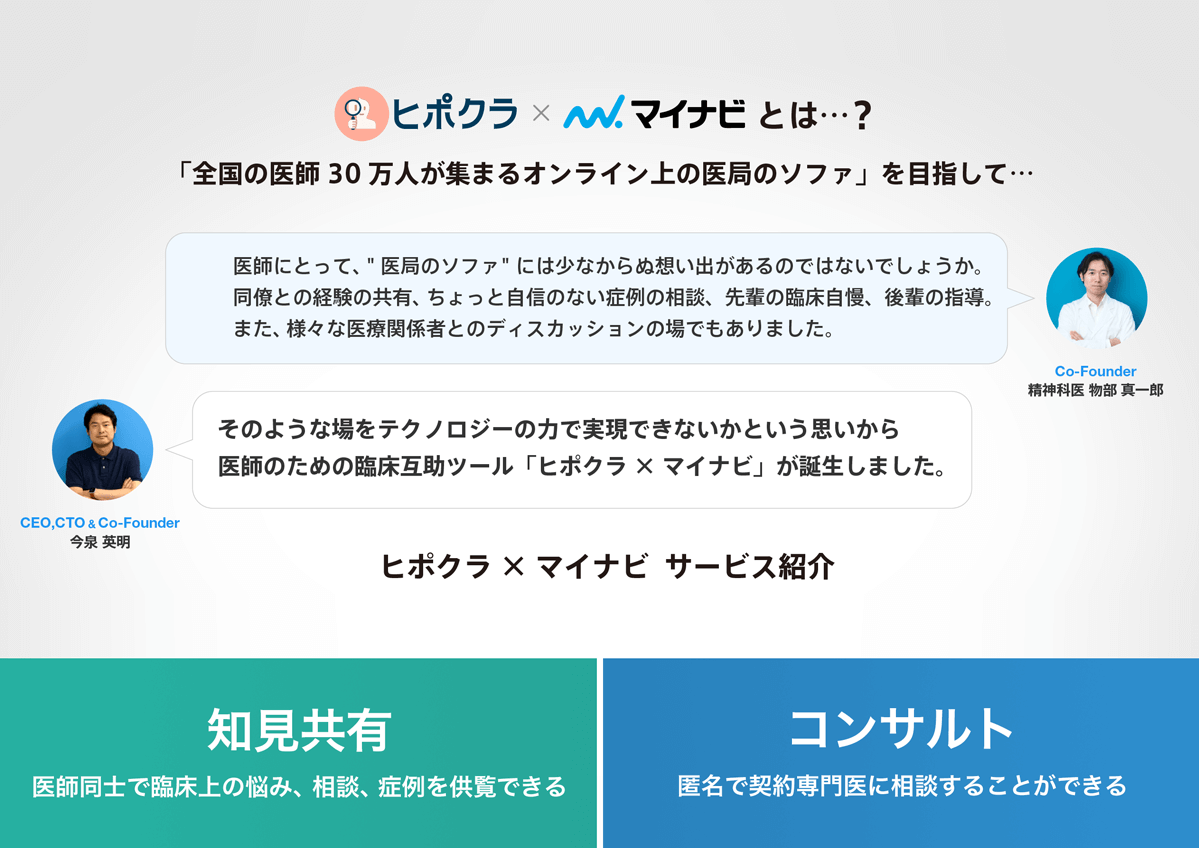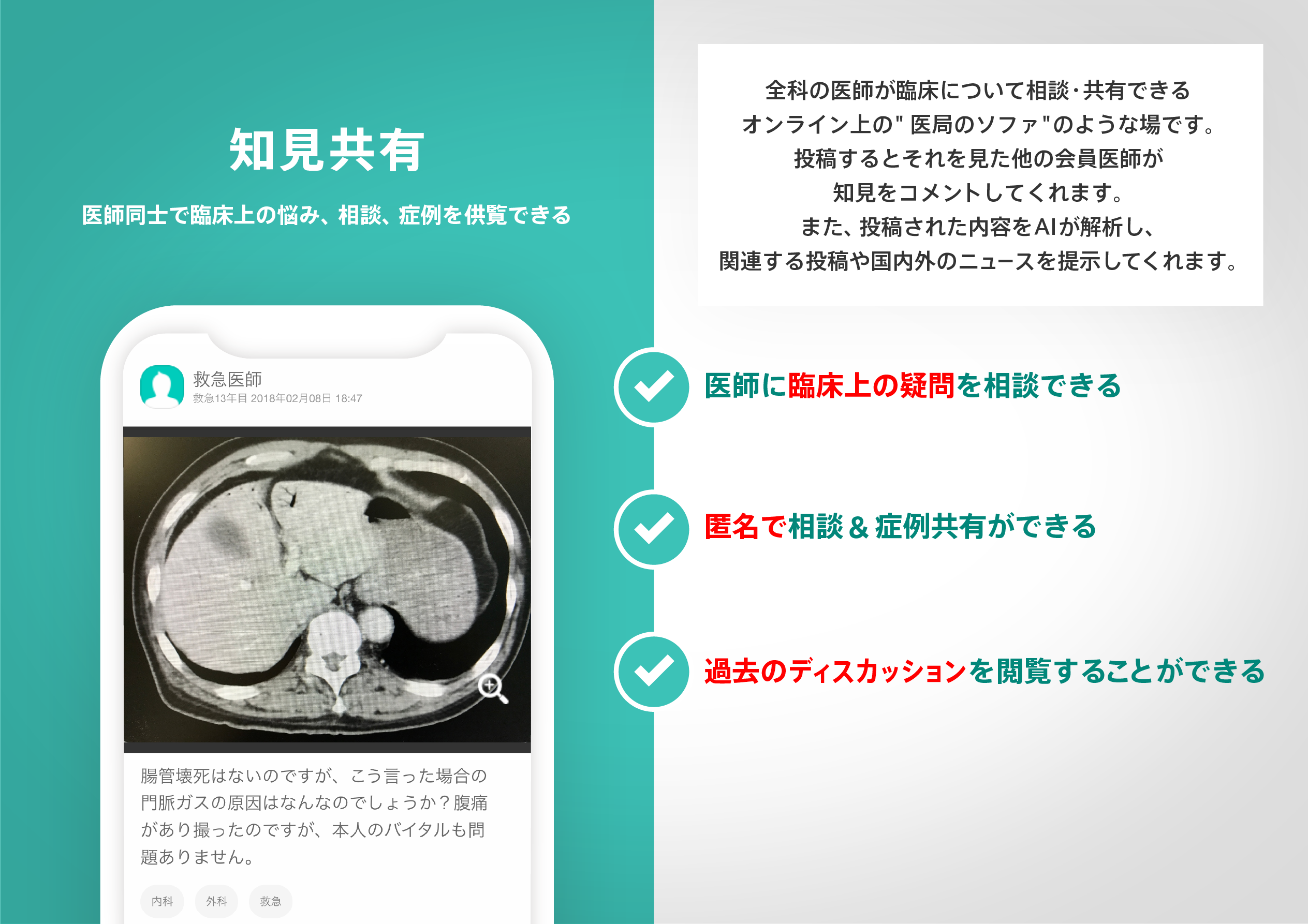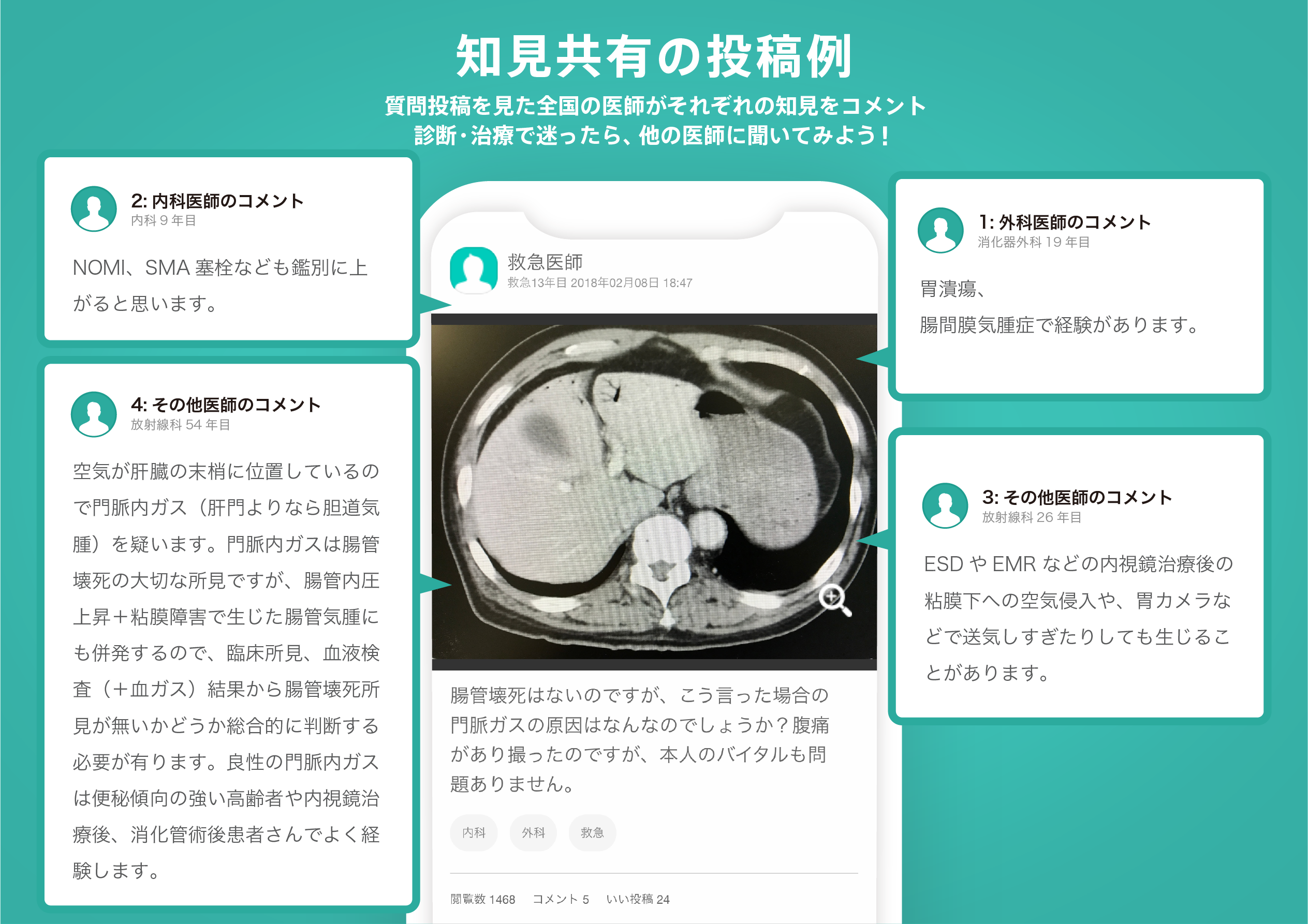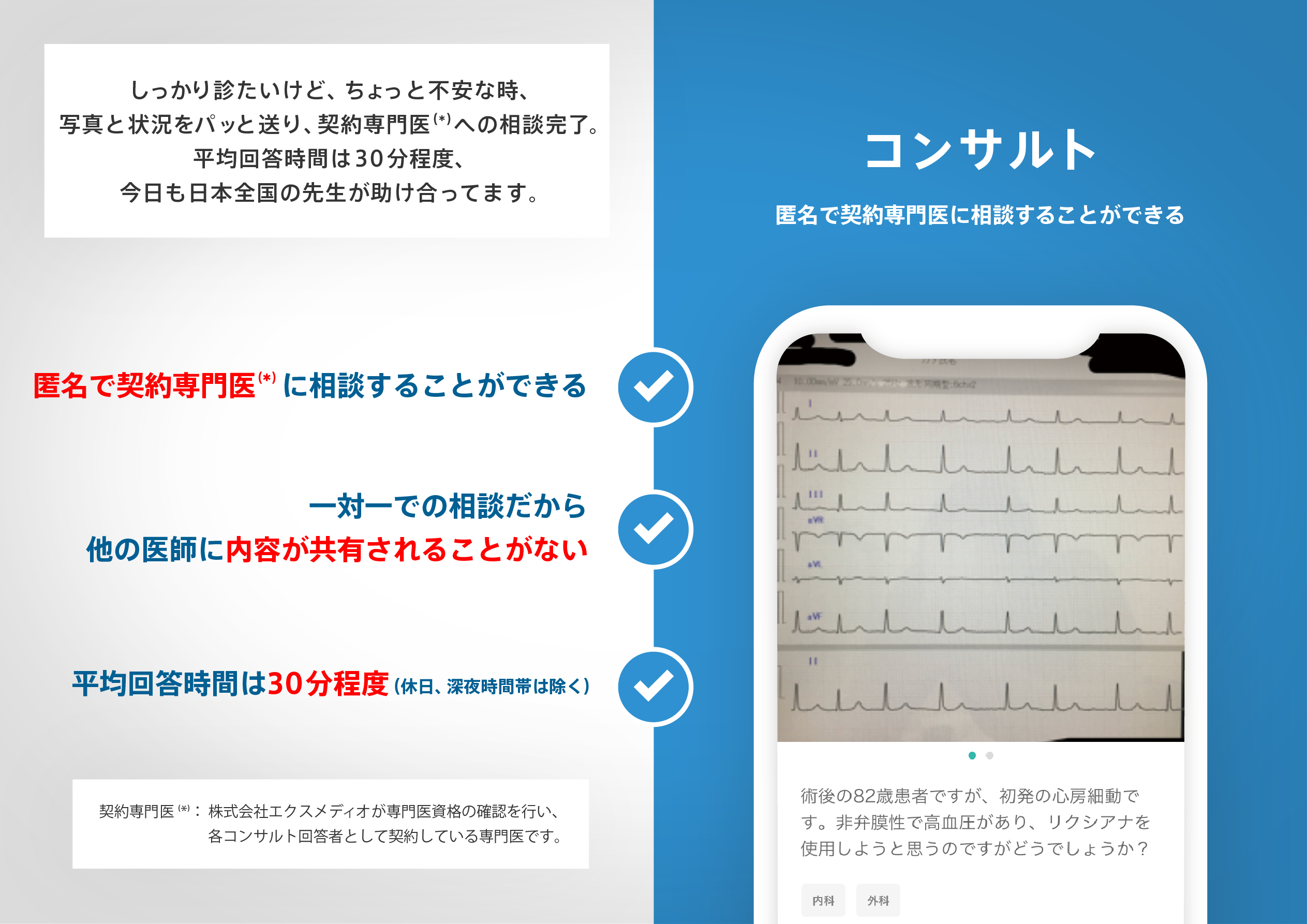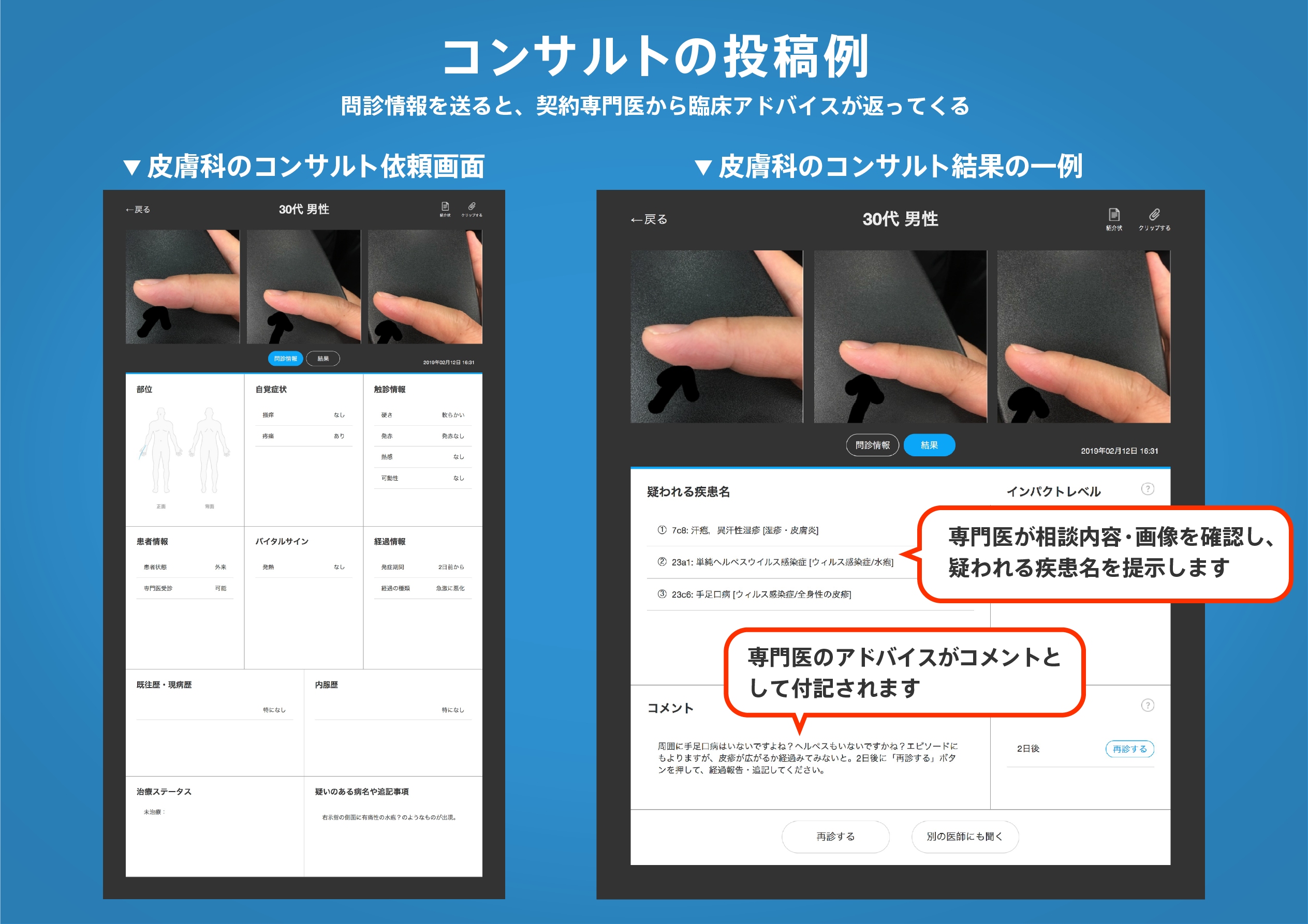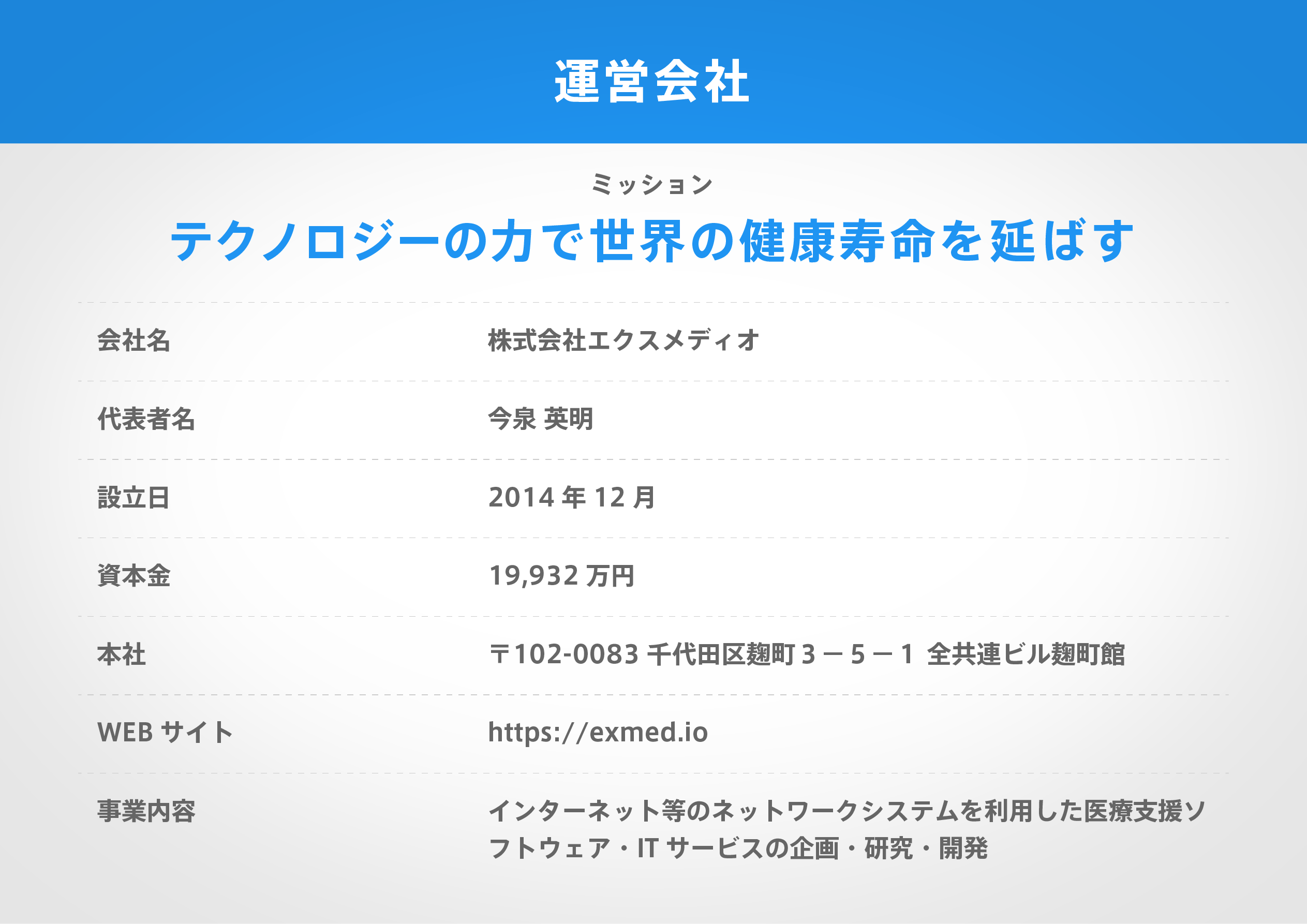著名医師による解説が無料で読めます
すると翻訳の精度が向上します
コーヒーと紅茶の消費と肺がんのリスクとの関連は一貫性がなく、調査されたほとんどの肺がんの症例は喫煙者でした。この研究には、17の将来のコホートから110万人を超える参加者が含まれていました。COX回帰分析は、ハザード比(HRS)と95%信頼区間(CI)を推定するために実施されました。性別、喫煙、人種、がんサブタイプ、コーヒータイプによる潜在的な効果の修正が評価されました。追跡期間中央値の中央値の後、20 280件の肺がん症例が特定されました。非coffeeおよびnonteaの消費量と比較して、現在、以前、喫煙者は1.30(1.15-1.47)、1.49(1.27-1.74)、1.35(1.15(1.15)の排他的なコーヒーを飲む人(≥2カップ/d)に関連するHR(95%CIS)-1.58)、それぞれ。排他的なお茶を飲む人(≥2カップ/d)の対応するHRは、1.16(1.02-1.32)、1.10(0.92-1.32)および1.37(1.17-1.61)でした。一般に、コーヒーと紅茶の関連は、性別、人種、または組織学的サブタイプによって有意な差はありませんでした。私たちの調査結果は、コーヒーまたは紅茶の消費量の増加が肺がんのリスクの増加に関連していることを示唆しています。ただし、これらの発見は、受動的な喫煙や勉強後のコーヒーの変化や茶の変化を含む喫煙による残存交絡の可能性があるため、因果関係があると想定されるべきではありません。
コーヒーと紅茶の消費と肺がんのリスクとの関連は一貫性がなく、調査されたほとんどの肺がんの症例は喫煙者でした。この研究には、17の将来のコホートから110万人を超える参加者が含まれていました。COX回帰分析は、ハザード比(HRS)と95%信頼区間(CI)を推定するために実施されました。性別、喫煙、人種、がんサブタイプ、コーヒータイプによる潜在的な効果の修正が評価されました。追跡期間中央値の中央値の後、20 280件の肺がん症例が特定されました。非coffeeおよびnonteaの消費量と比較して、現在、以前、喫煙者は1.30(1.15-1.47)、1.49(1.27-1.74)、1.35(1.15(1.15)の排他的なコーヒーを飲む人(≥2カップ/d)に関連するHR(95%CIS)-1.58)、それぞれ。排他的なお茶を飲む人(≥2カップ/d)の対応するHRは、1.16(1.02-1.32)、1.10(0.92-1.32)および1.37(1.17-1.61)でした。一般に、コーヒーと紅茶の関連は、性別、人種、または組織学的サブタイプによって有意な差はありませんでした。私たちの調査結果は、コーヒーまたは紅茶の消費量の増加が肺がんのリスクの増加に関連していることを示唆しています。ただし、これらの発見は、受動的な喫煙や勉強後のコーヒーの変化や茶の変化を含む喫煙による残存交絡の可能性があるため、因果関係があると想定されるべきではありません。
Associations of coffee and tea consumption with lung cancer risk have been inconsistent, and most lung cancer cases investigated were smokers. Included in this study were over 1.1 million participants from 17 prospective cohorts. Cox regression analyses were conducted to estimate hazard ratios (HRs) and 95% confidence intervals (CIs). Potential effect modifications by sex, smoking, race, cancer subtype and coffee type were assessed. After a median 8.6 years of follow-up, 20 280 incident lung cancer cases were identified. Compared with noncoffee and nontea consumption, HRs (95% CIs) associated with exclusive coffee drinkers (≥2 cups/d) among current, former and never smokers were 1.30 (1.15-1.47), 1.49 (1.27-1.74) and 1.35 (1.15-1.58), respectively. Corresponding HRs for exclusive tea drinkers (≥2 cups/d) were 1.16 (1.02-1.32), 1.10 (0.92-1.32) and 1.37 (1.17-1.61). In general, the coffee and tea associations did not differ significantly by sex, race or histologic subtype. Our findings suggest that higher consumption of coffee or tea is associated with increased lung cancer risk. However, these findings should not be assumed to be causal because of the likelihood of residual confounding by smoking, including passive smoking, and change of coffee and tea consumption after study enrolment.
医師のための臨床サポートサービス
ヒポクラ x マイナビのご紹介
無料会員登録していただくと、さらに便利で効率的な検索が可能になります。

